In the hot seat with Hildy Kovacs
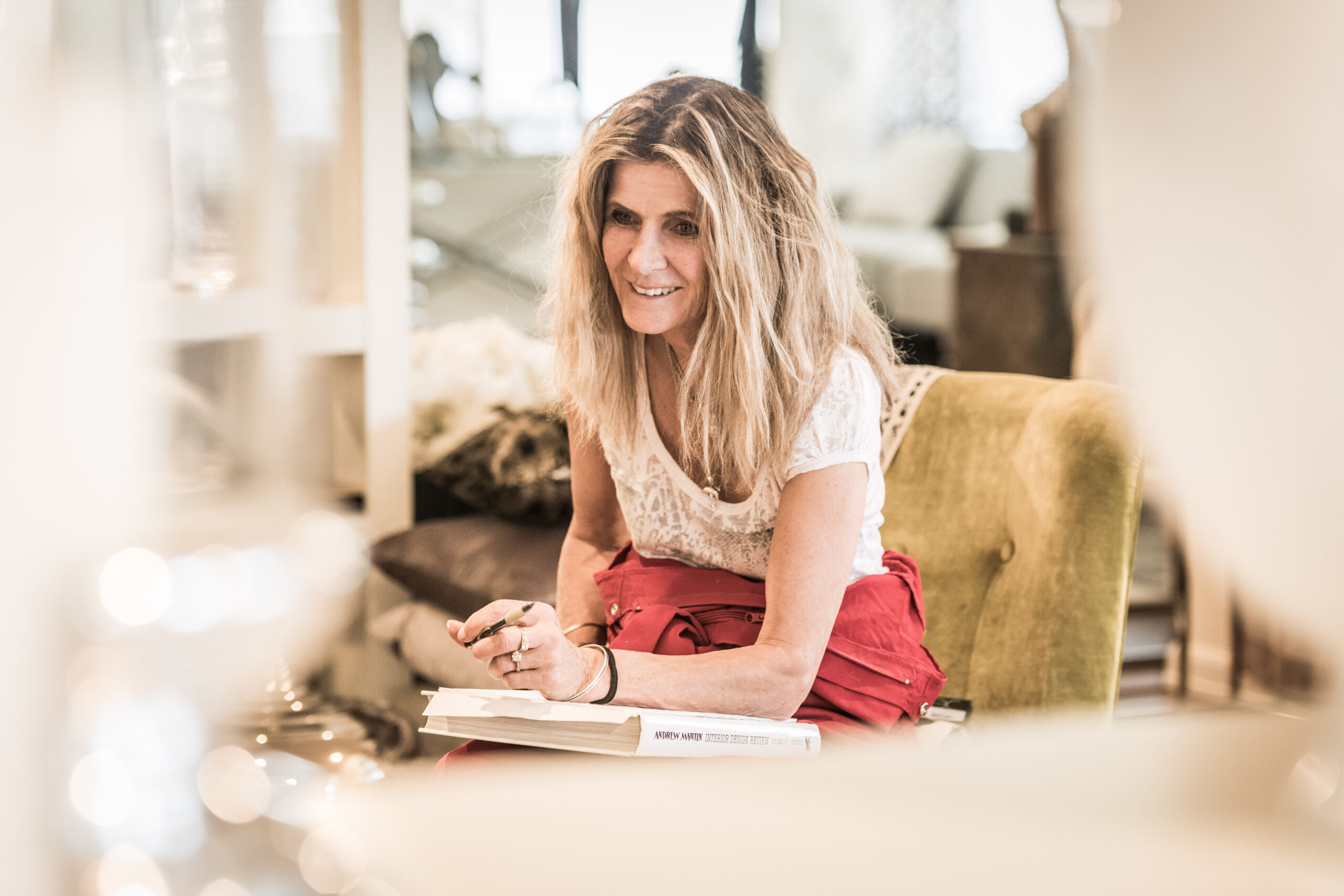
Taking a rare break from the factory floor, designer Hildy Kovacs shares her thoughts on the booming demand for New Zealand made furniture, the benefits of designing with steel and why she’ll never be drawn on which Kovacs piece is her favourite — all while clad in her trademark red overalls, of course.
Our homes have received a lot of extra attention over the past 2+ years. What has it meant for Kovacs?
As people have been unable to travel as much their home environments have benefited. Because of cost and shortage of freight space, raw material shortages, labour and in some area’s energy restrictions, the availability of imported product has been severely effected. This has given New Zealand-made options an opportunity to show their colours. There are some amazing manufacturers in this country – even better in my opinion than the sought-after European brand names, both in their quality and design interpretation. Kovacs have continued to introduce new product into the market, as have others, taking advantage of the increased demand for locally made product.
Mass production runs of a single design is definitely not how Kovacs do things. So, with such a diverse range, and so many choices in size, finish and fabric, what are people choosing?
There is no single trend in furniture, which makes it more individual which is both challenging and exciting. Having a wide offering gives clients plenty to choose from. The beauty then is to make a product uniquely their own by choosing the combination of product/s to fit their space including sizing, arrangement, frame finishes and choices of coverings. We’re also able to provide that personal touch by altering various elements to suit the client’s needs. With covering, we have noticed people delving more into colour and pattern, which is so tempting with the wonderful options available from the European, American and even Australian fabric houses. It’s incredible what comes through the factory now, where once upon a time all we saw was forest green, navy and black.
Steel has featured strongly in your recent designs. What’s driving that?
Working together with steel and timber has been pivotal in our design evolution over the last seven years. In 2015 we first dabbled in using steel with the Jed, which is still going strong. Steel expands my options when designing by allowing lightness and strength while keeping a desired form with relative ease. Our steel fabrication, as with the rest of our manufacturing, all happens in house. It gives us more control over the design process and resultant quality of our finished product. I have a great team here that are also passionate about our brand and seriously nothing could happen without their involvement.
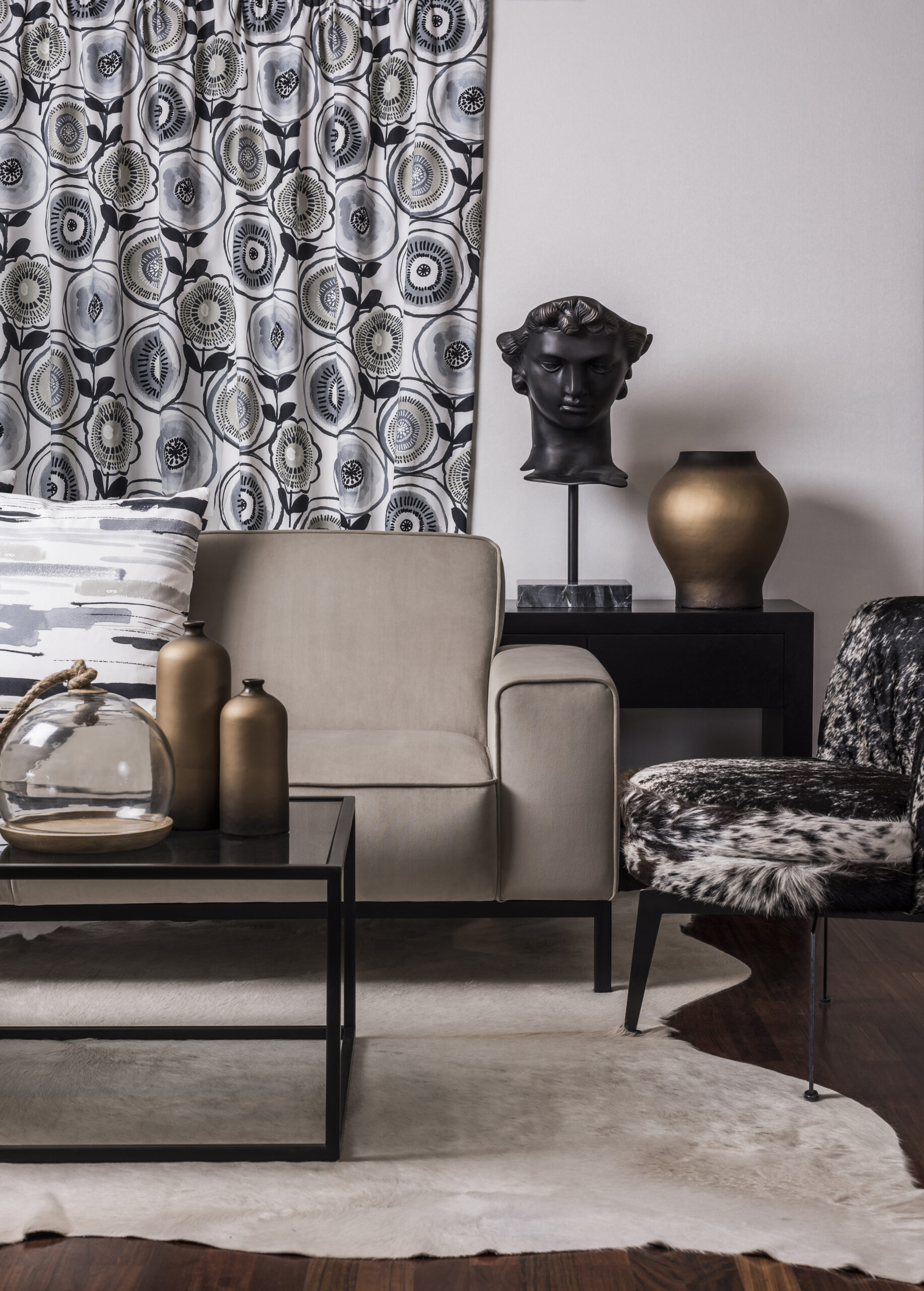
If you were to suggest a design as an investment piece, which would it be?
That’s a loaded question, we don’t build furniture for redundancy or obsolescence, so of course I’m going to say all Kovacs designs are investment pieces. Just look at Trade-me when our product is featured, many are 20 – 30+ years old and they’re still going strong. I am proud of both our historic and current range, it signifies what our brand stands for: Timeless, quality pieces, designed and made right here in New Zealand by talented artisans.
There seems to be a lot of softer edges in home styling lately. Have you noticed a shift in that direction?
Absolutely. Being strictly angular and minimalistic lacks depth of personality and creativity. For example I’m awe of the level of inventiveness architects are bringing into our commercial and residential environment. It has allowed us more freedom now to expand on what we do in design. For me, there is an added level of sophistication and visual appeal when you introduce shape and contrast to a product. It presents the allure of true artistry, comfort, warmth and security, which is what we all desire when walking into a room.
Looking at a few of our designs as examples:
The Elton is complexly curved and visually stunning to look at, it delivers perfect conversational sectional seating and great ergonomics.
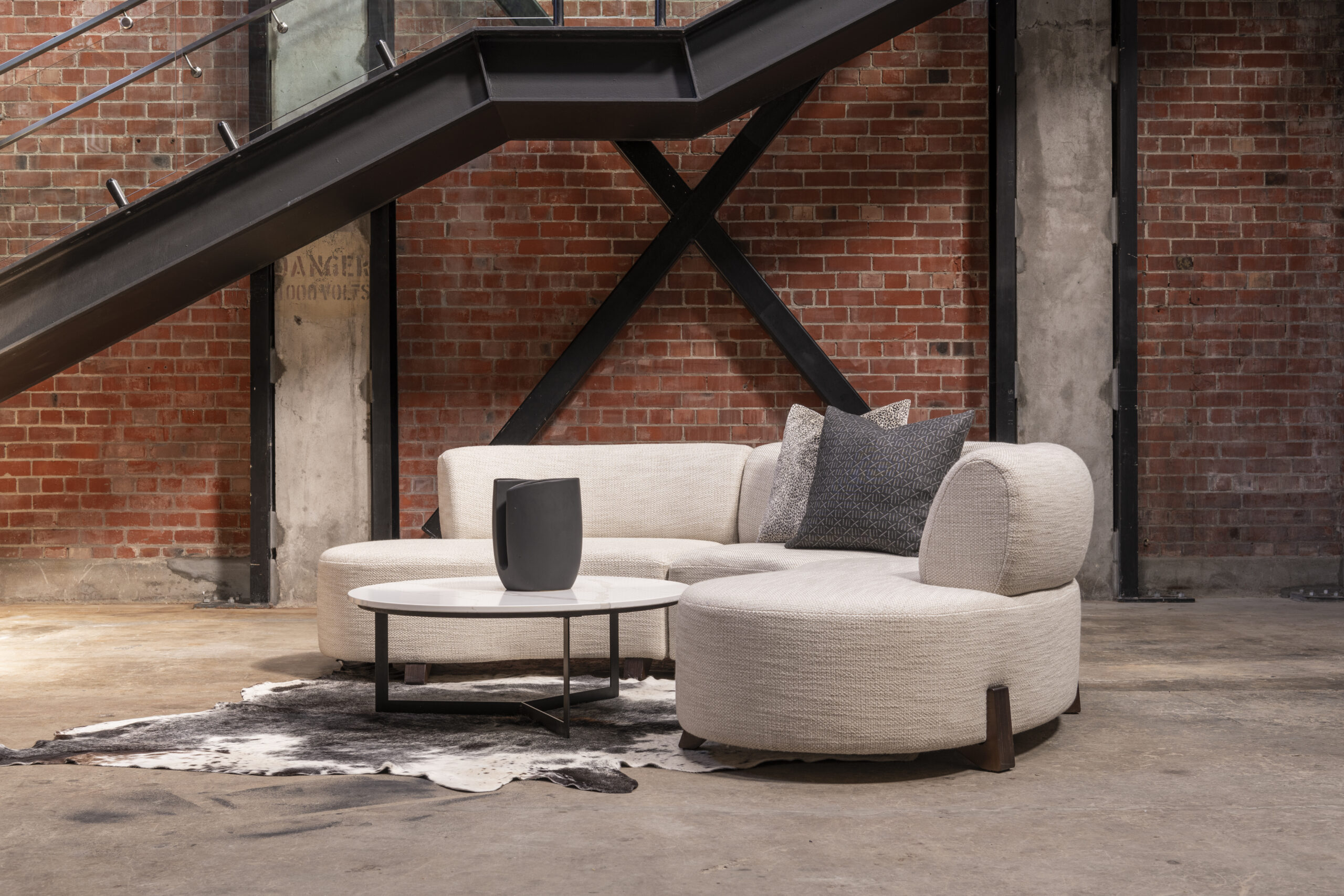
The Gibbston taunts with its square base flowing upwards to an outer shell of gentle curves that encompass luxuriously padded cushioning. It’s the juxtaposition of shape and angular lines tickling our senses.
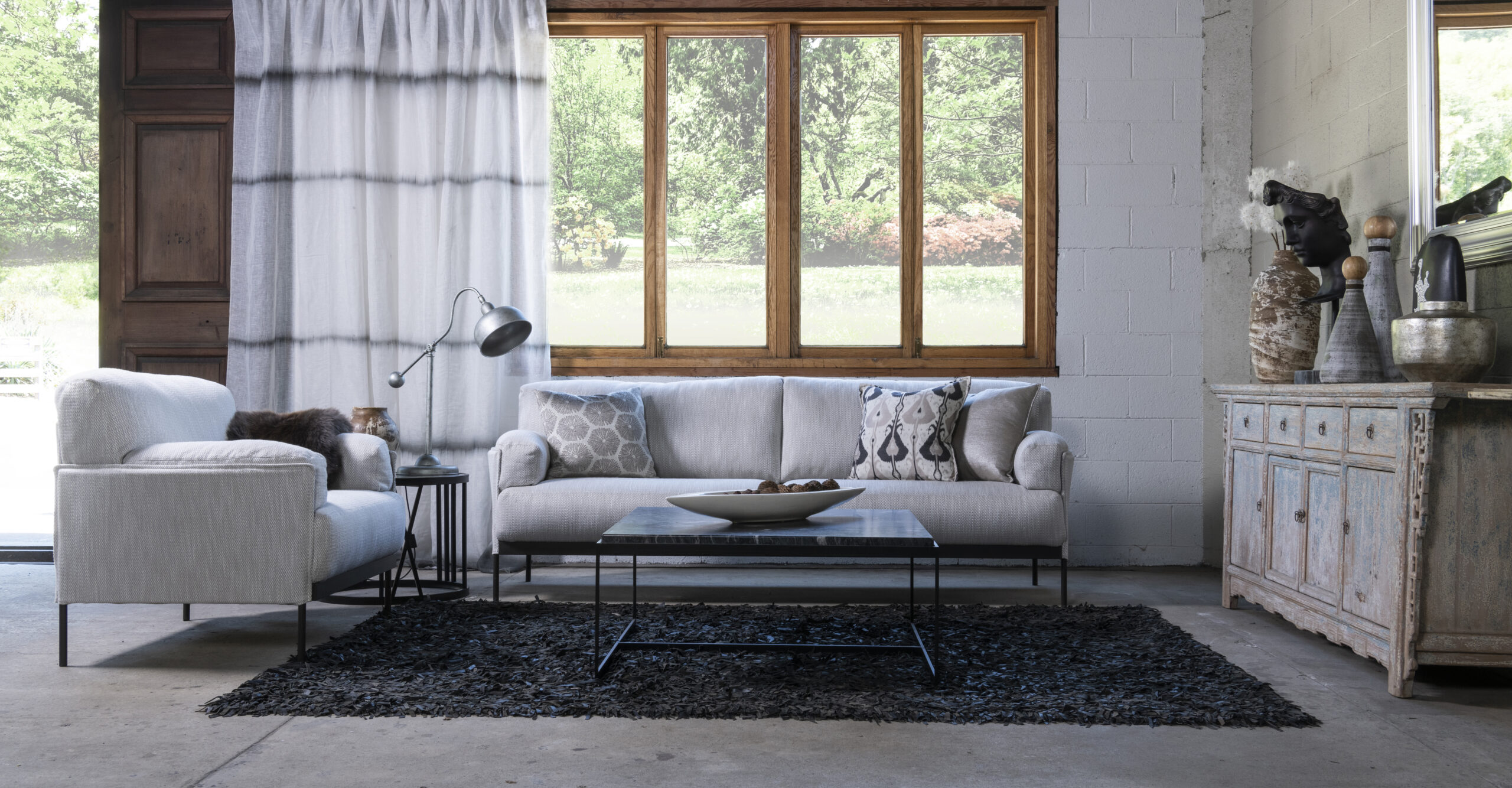
By making the arms on the Axle out of feathers we introduced a subtle shape deformation to an otherwise boxlike design, introducing interest, and invitation.
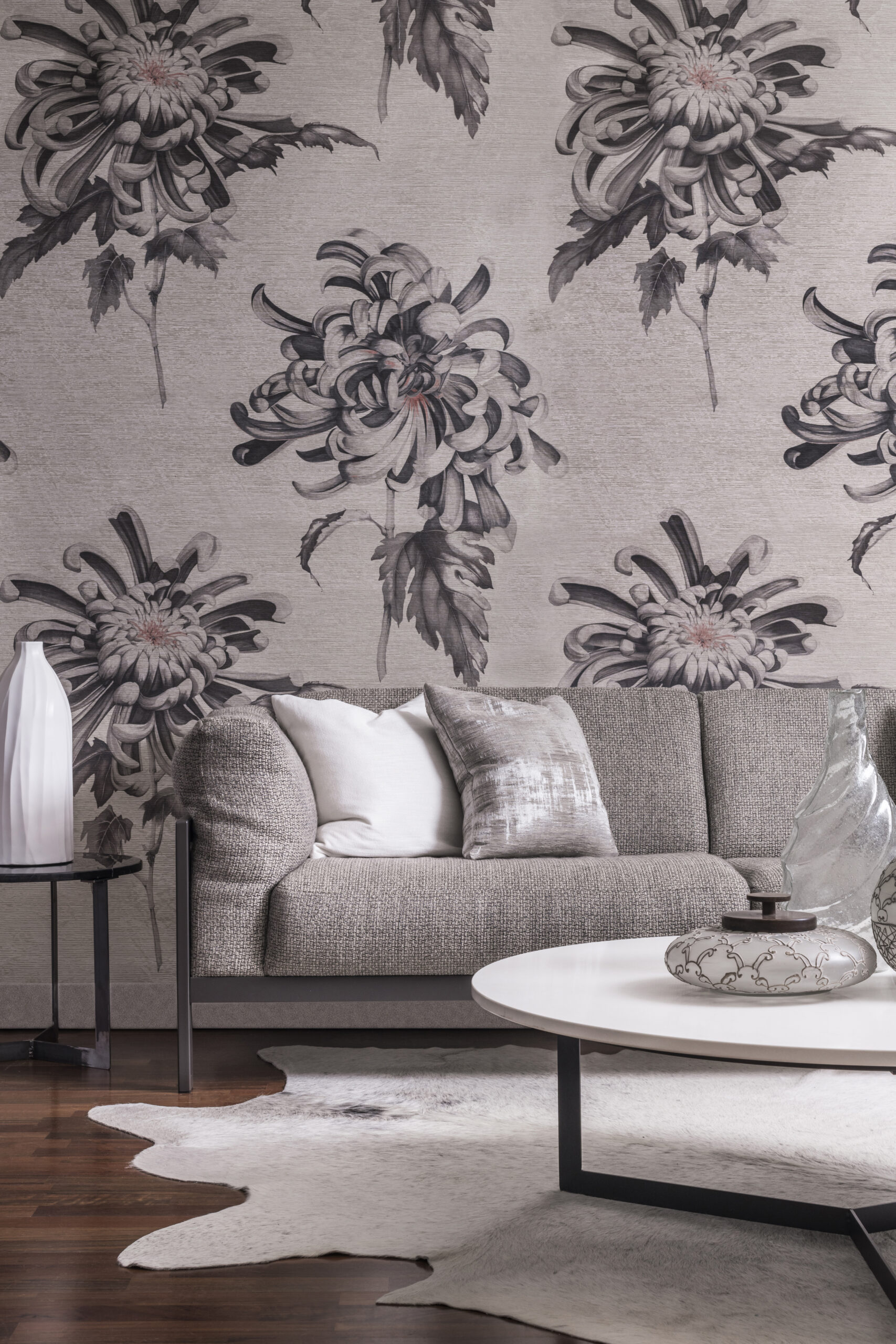
Our latest offer, the Bronx, has this wonderful balanced combination of subtle contrasts that invoke not only appreciation of its form, but also the desire to feel its enveloping comfort.
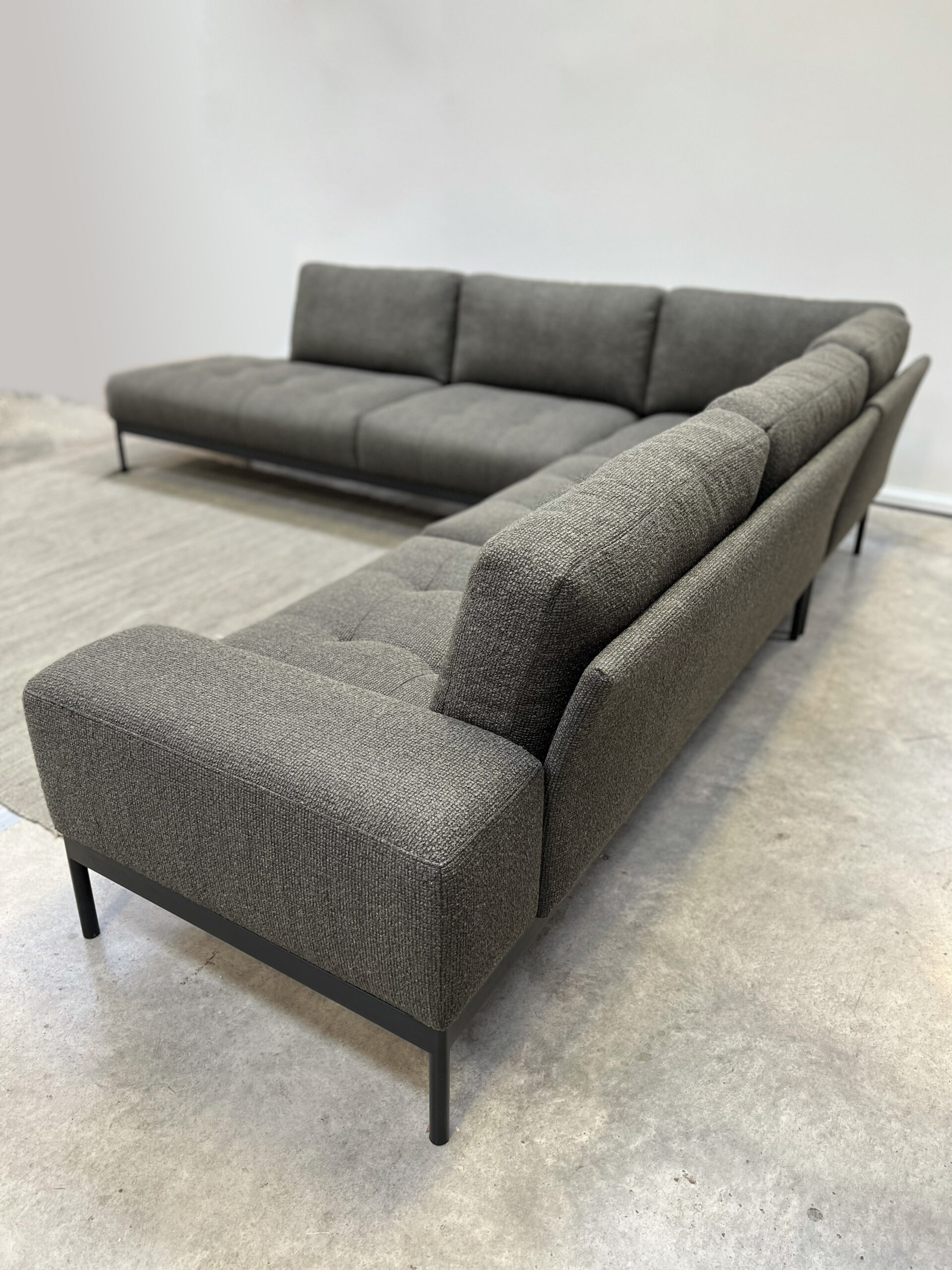
Lastly, do you believe constraints are good for creativity?
Yes and no. One would dearly love the ability to be creative without the limitations. Unfortunately this isn’t our reality. It forces us to be mindful of the many different aspects that are all part of making furniture, from sustainability, health and safety, to overall costs. Then we must package this all up into product that fulfils the needs/desires of our clients. This is in no way easy. But constraints are an integral part of the challenge in making our product unique and desirable.
